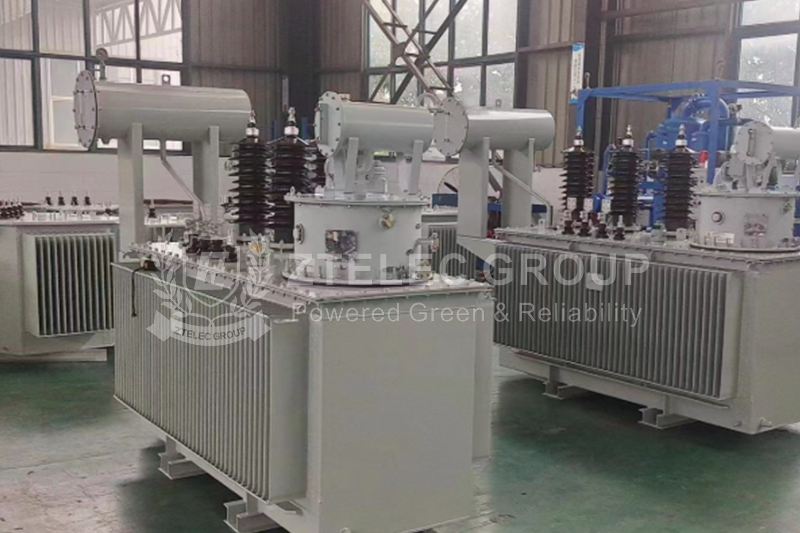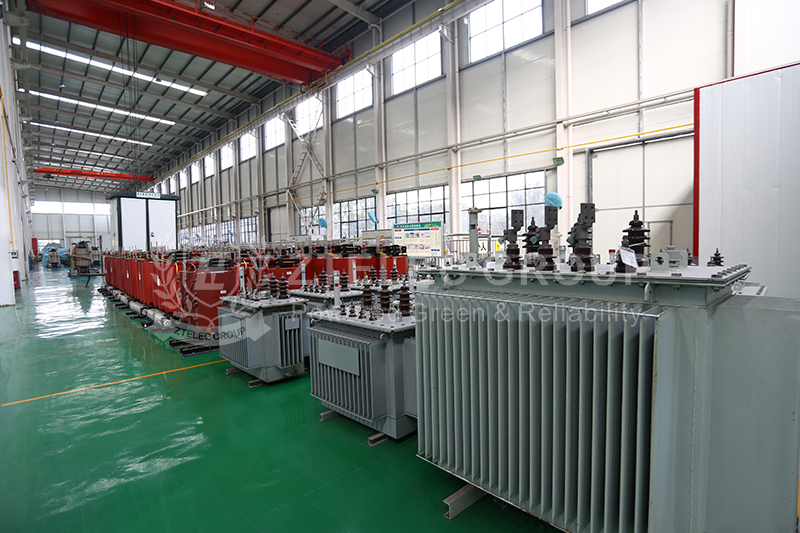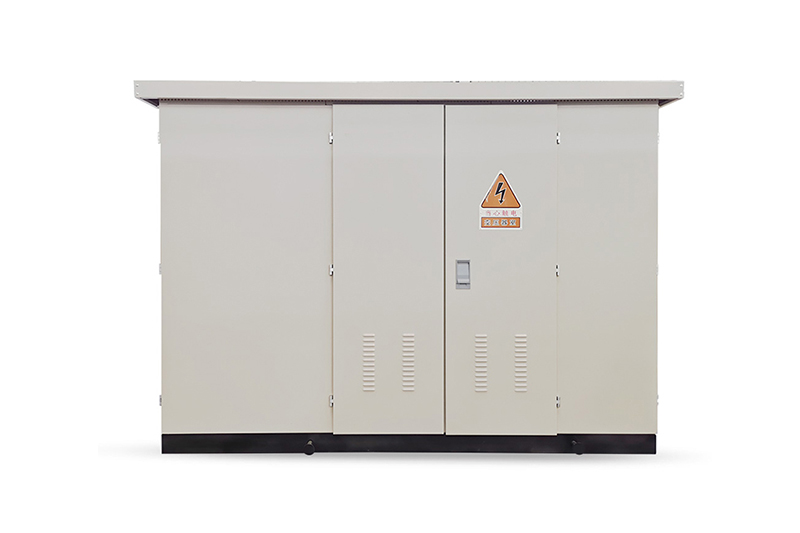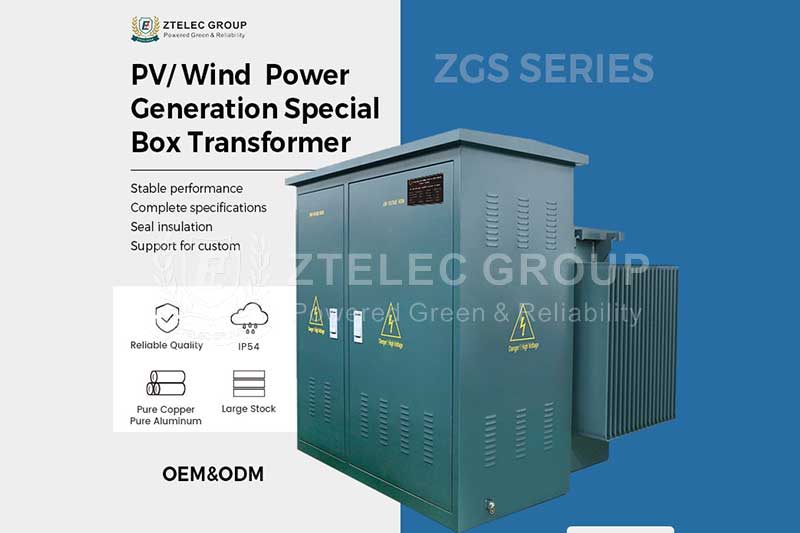How to Connect Oil-Immersed Transformer to High-Voltage Line | Safe & Reliable Methods
Time:2025-05-8 Auther:ZTelec-www.ztelectransformer.com
The connection between an oil-immersed transformer and a high-voltage line is critical in any power transmission and distribution system. A proper connection not only ensures stable operation but also guarantees the safety and reliability of the entire power supply. In this guide, we explain in detail how to correctly connect the transformer to the high-voltage line, helping power engineers and technicians master this essential technology.

Preparations Before Connection
1. Confirm Parameter Matching
Before making the connection, carefully verify the transformer’s rated voltage and current to ensure they match the voltage level of the high-voltage line (common levels: 10kV, 35kV, 110kV). Also confirm the transformer winding configuration (e.g., Yyn0, Dyn11) to avoid issues like three-phase imbalance.
2. Implement Safety Measures
Disconnect the high-voltage power supply, perform a power test, and apply grounding wires to eliminate electric shock risk. Set up safety fences and warning signs around the work area to prevent unauthorized access and accidental operation.
3. Inspect Equipment Condition
♦Ensure the transformer oil level is normal and insulating oil passes testing.
♦Check bushings for cracks or contamination.
♦Inspect the insulation condition of high-voltage cables or overhead lines to eliminate hazards.
Common Connection Methods
1. Cable Connection
This method is widely used in medium and high-voltage systems.
♦Use XLPE insulated high-voltage cables to connect through the transformer’s high-voltage bushing.
♦Install cold-shrink or heat-shrink terminals to ensure sealing and insulation.
♦Fix the cable with clamps to prevent mechanical stress on the bushing.
Key points: Ground the cable shielding layer reliably to prevent electromagnetic interference, and keep bushings and terminals clean to avoid discharge risks.

2. Overhead Line Connection
Common in outdoor substations, the overhead line passes through a lightning arrester and disconnector before connecting to the transformer’s bushing.
♦Use tension clamps or equipment clamps for connection.
♦Maintain safe clearances (e.g., for 10kV lines, ≥2.5m from ground).
The lightning arrester protects the transformer from overvoltage, while appropriate conductor sag prevents excessive stress on the bushing.
3. GIS (Gas Insulated Switchgear) Connection
For systems of 110kV and above, SF6 gas-insulated pipes directly connect to the transformer bushing.
Special sealing equipment is required to maintain both insulation and airtightness. This method ensures safety in high-voltage applications with compact space requirements.
Grounding and Protection Measures
1. Transformer Grounding
♦Neutral point grounding: Direct grounding or via arc suppression coils as per system design.
♦Shell grounding: Double grounding for the oil tank and cable shielding layer to enhance safety and prevent corrosion.
2. Protection Devices
Install fuses, circuit breakers, and relay protection devices (e.g., differential and overcurrent protection) on the high-voltage side. These devices quickly disconnect the circuit during faults to protect both the transformer and the line. Also, place lightning arresters near the transformer entrance for overvoltage protection.
Mastering the correct connection methods for oil-immersed transformers and high-voltage lines—including thorough preparation, safe connection techniques, and robust grounding and protection—is key to ensuring the safe and stable operation of the power system.




